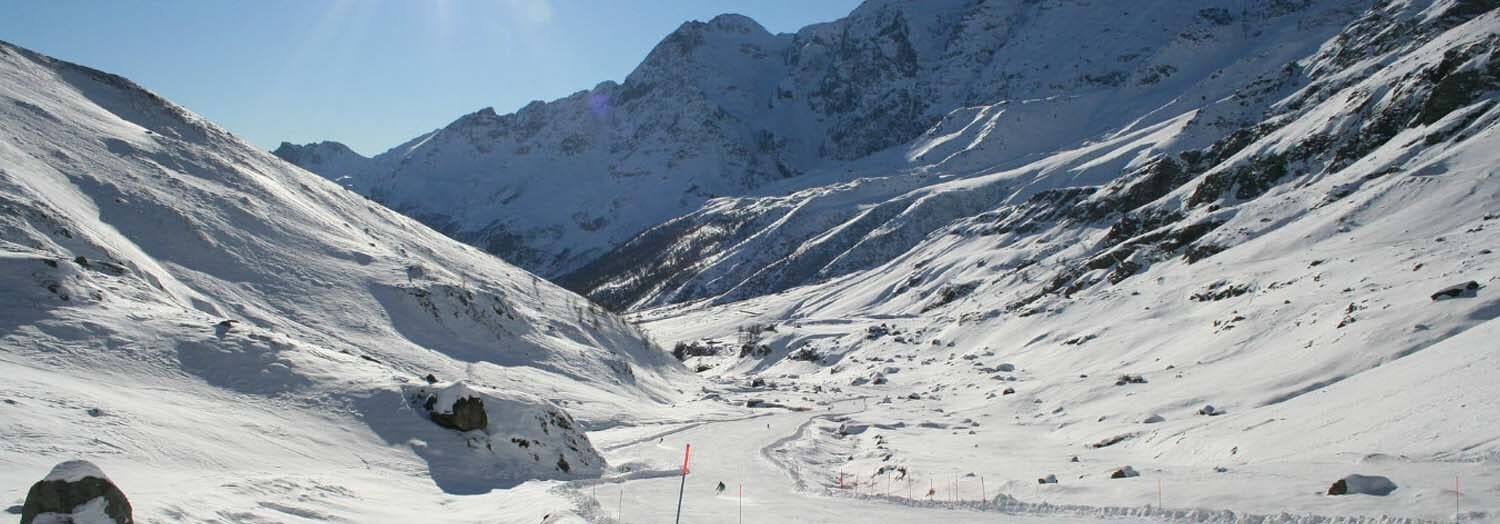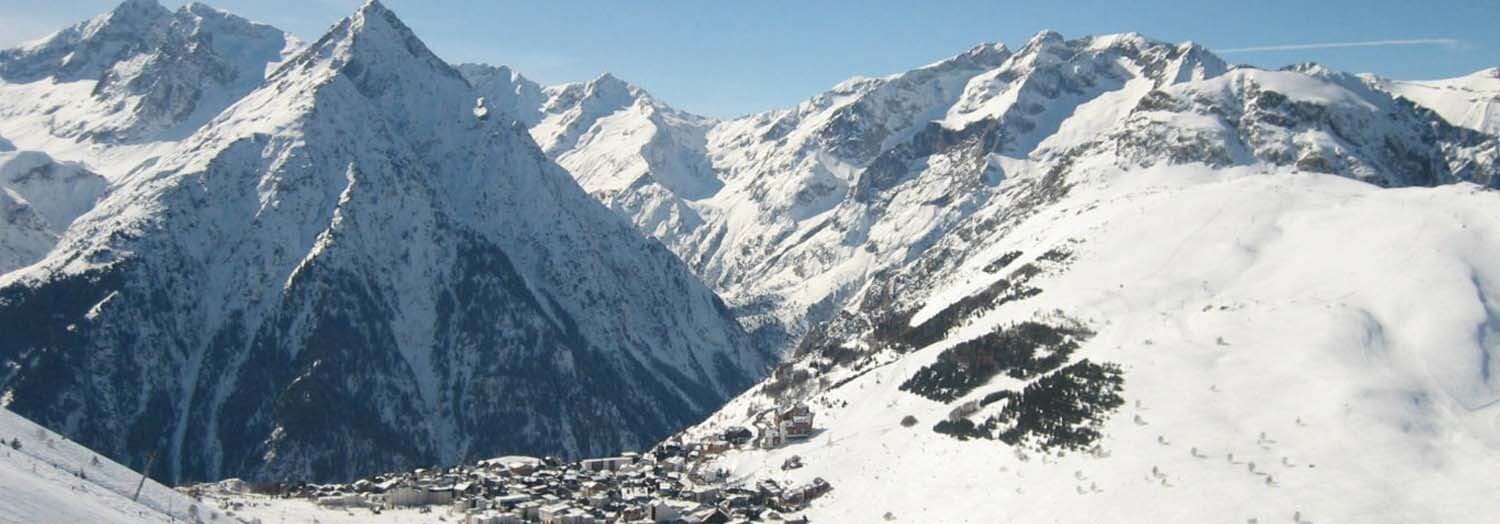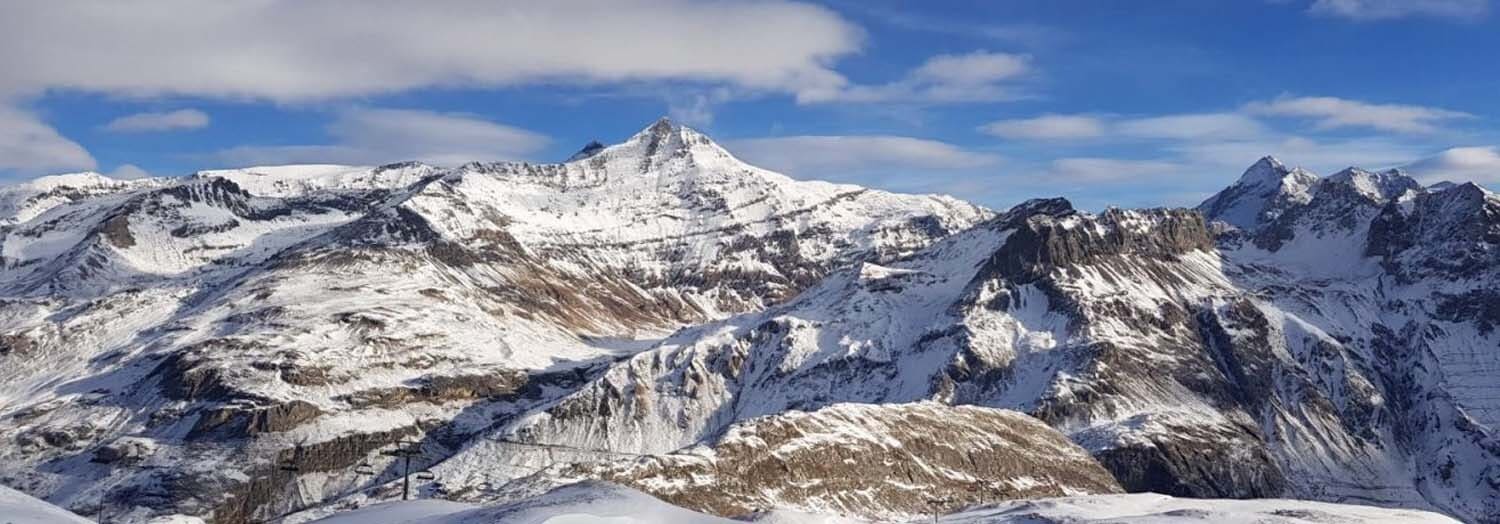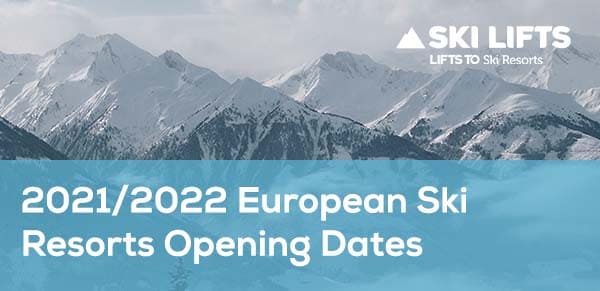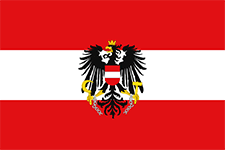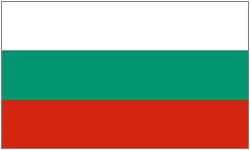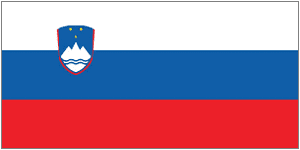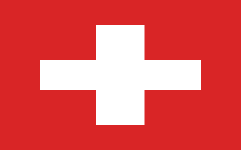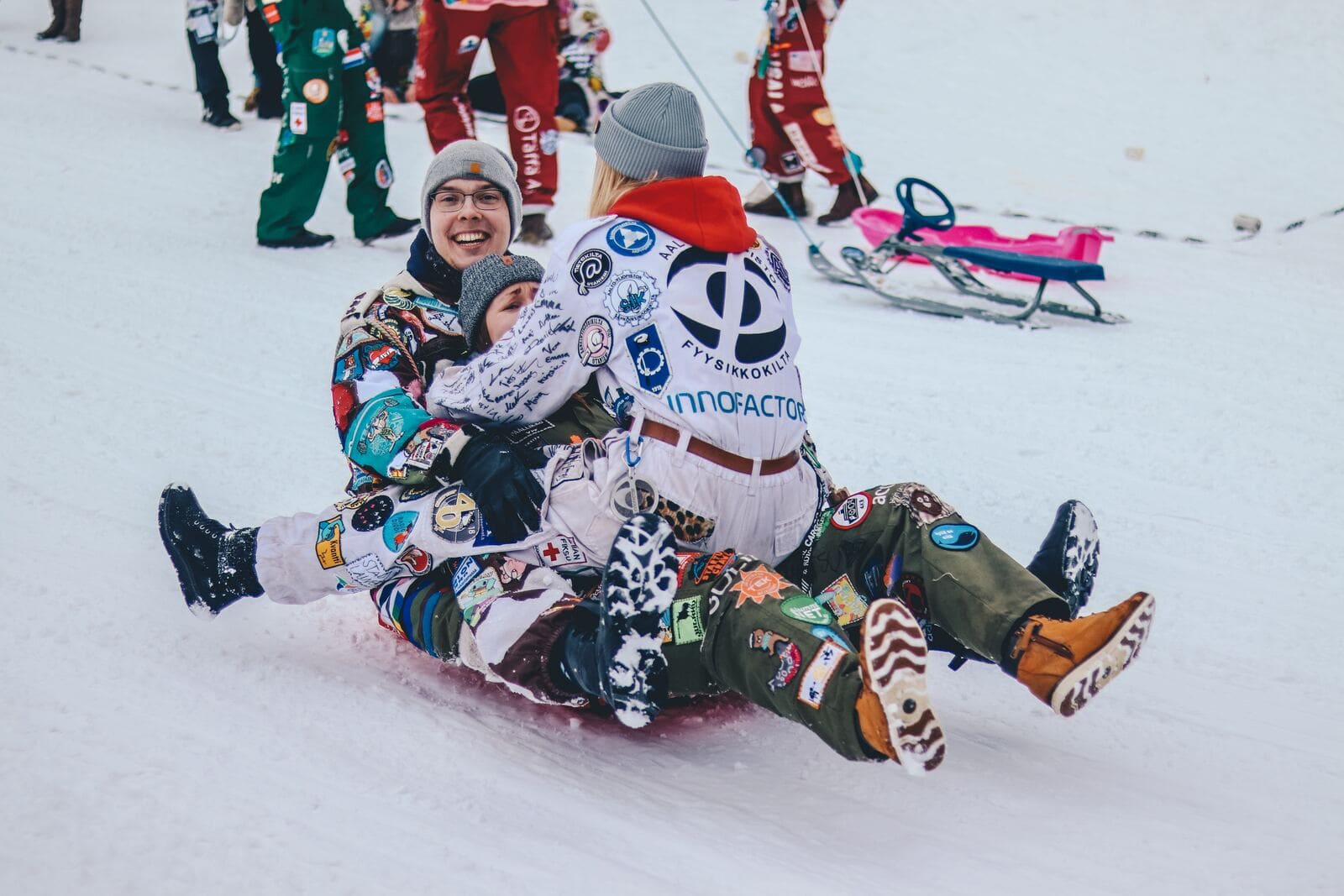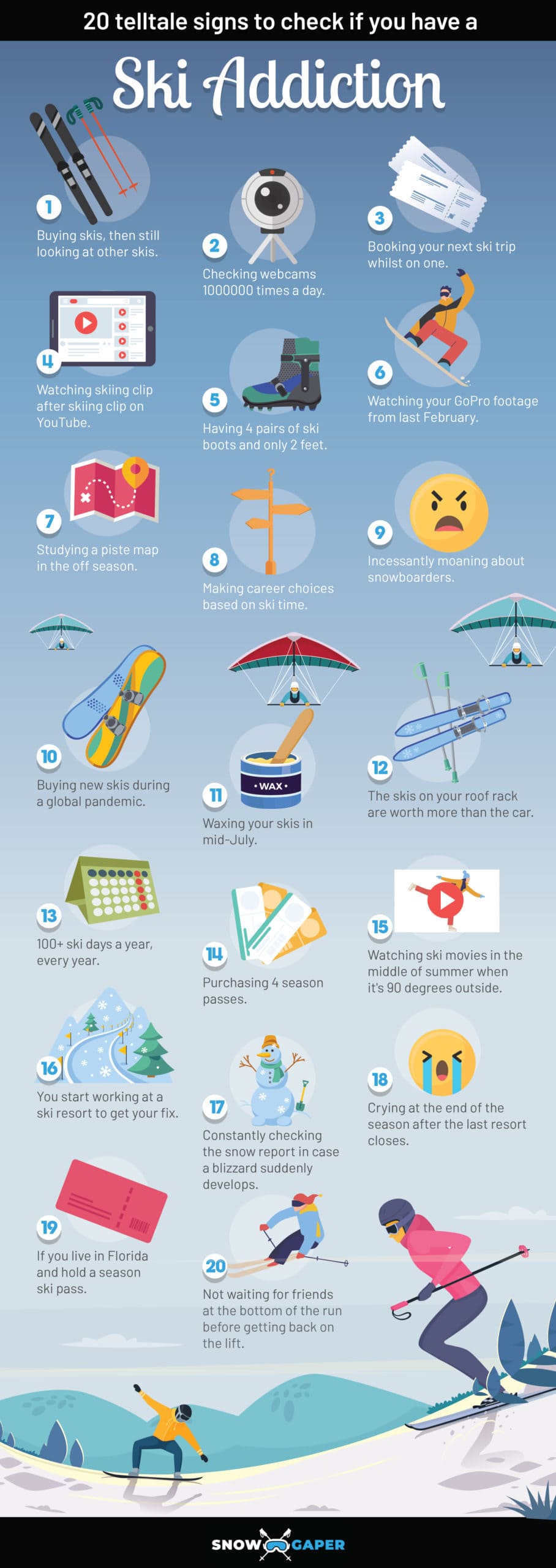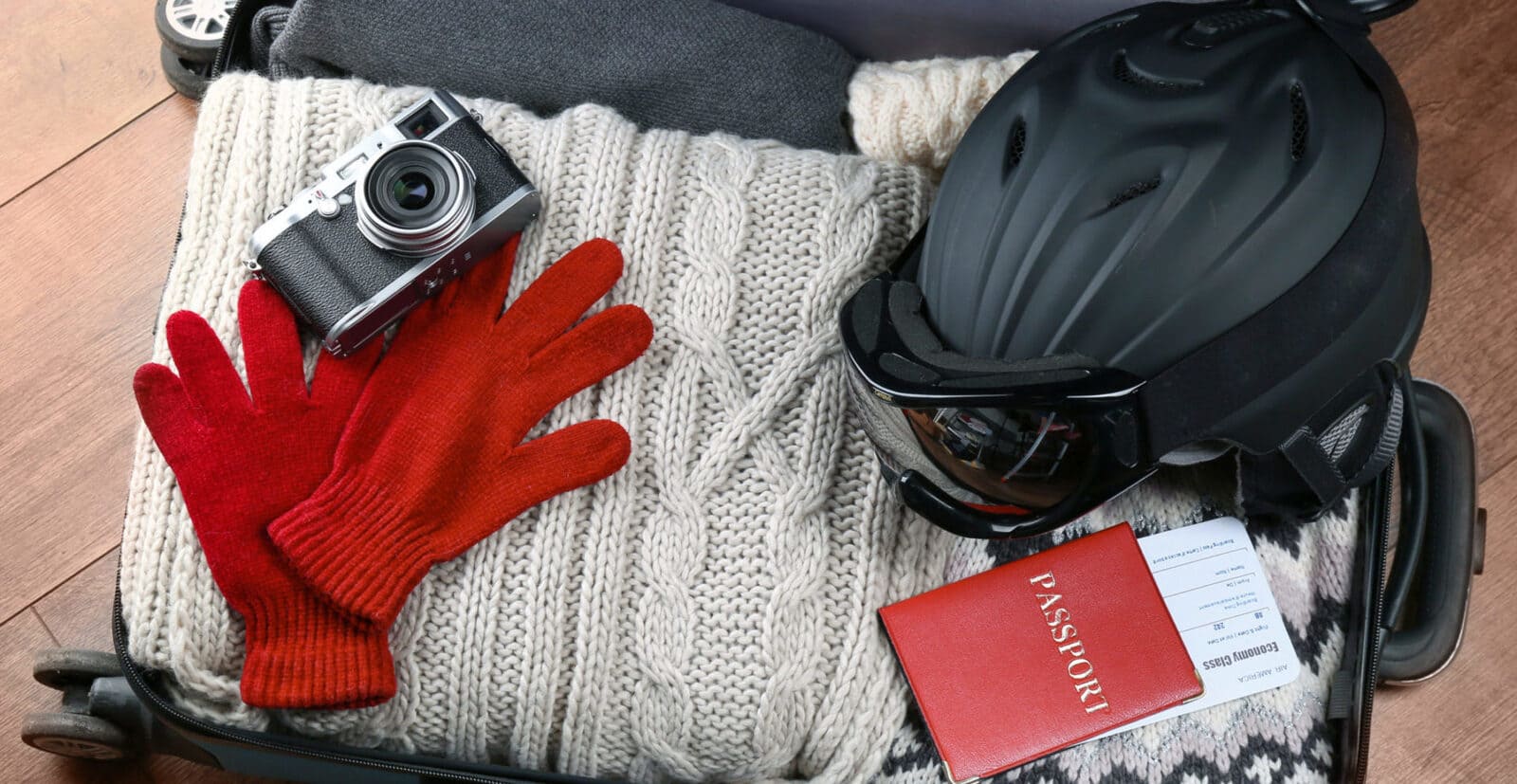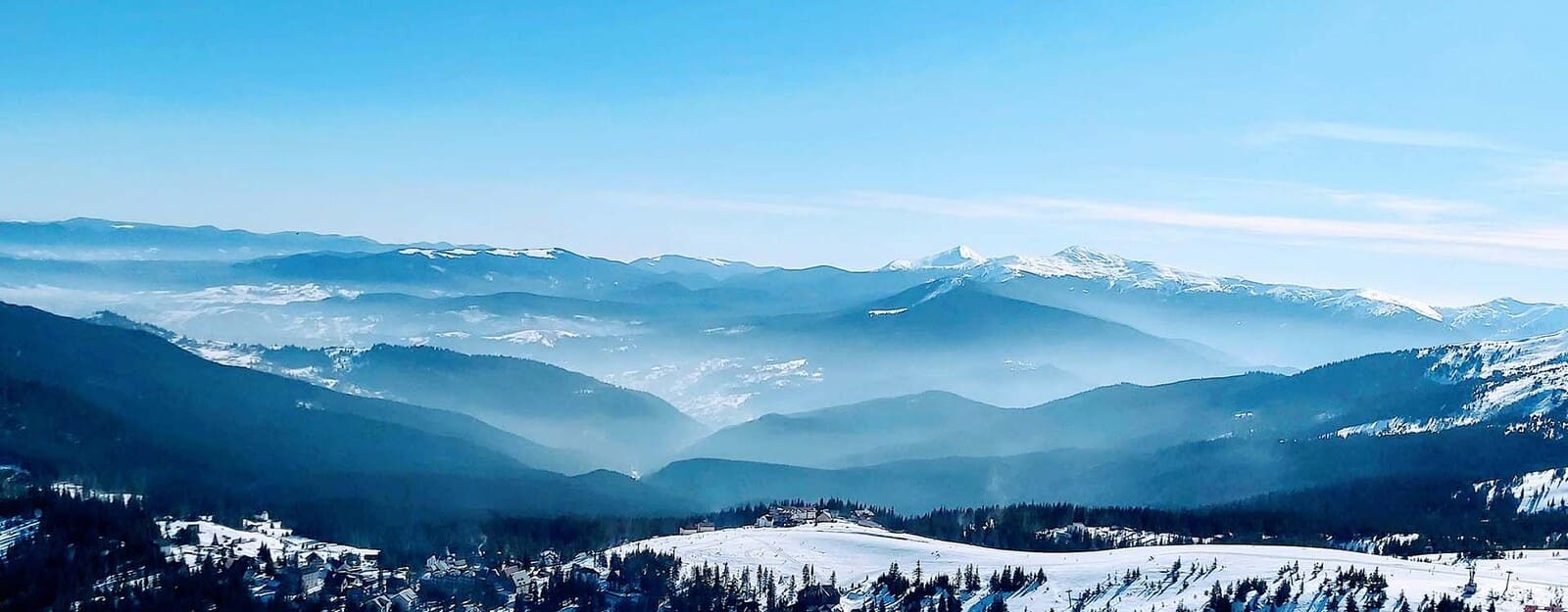
Skiing in Switzerland this Year – Our 2021/2022 Recommendations
Travel to and from Switzerland is relatively easy this year, with eased restrictions from December 20th, and the payoff is brilliant. Great snow conditions have been reported across resorts, and bars as well as restuarants are open with seating and well as mask requirements in place.
Transfers to any of these resorts is simple from Geneva Airport, transfer time to Zermatt is approximately 2hrs30mins, to Saas Fee transfer time is roughly 2hrs30mins and Verbier is under two hours.
Here’s a selection of our favourite resorts across Switzerland.
Zermatt
Zermatt was awarded the Best European Ski Resort at the 2020 Ski Club Industry awards, and for good reason. There are over 285km of on-piste runs, with the greatest number of slopes geared towards for intermediate skiers, however due to its size and proximity to surrounding resorts there is something for everyone. For access to the surrounding areas in Italy you can get an interlinked ski pass which covers 360km of slopes.
Zermatt is famously known as the home of the Matterhorn and has a beautiful landscape which can be viewed skiing or walking lakeside closer to the base of the mountain.
Outside of skiing, there are over 100 restaurants to dine in, as well as many bars, or spas for those looking to recuperate after a long day exercising.
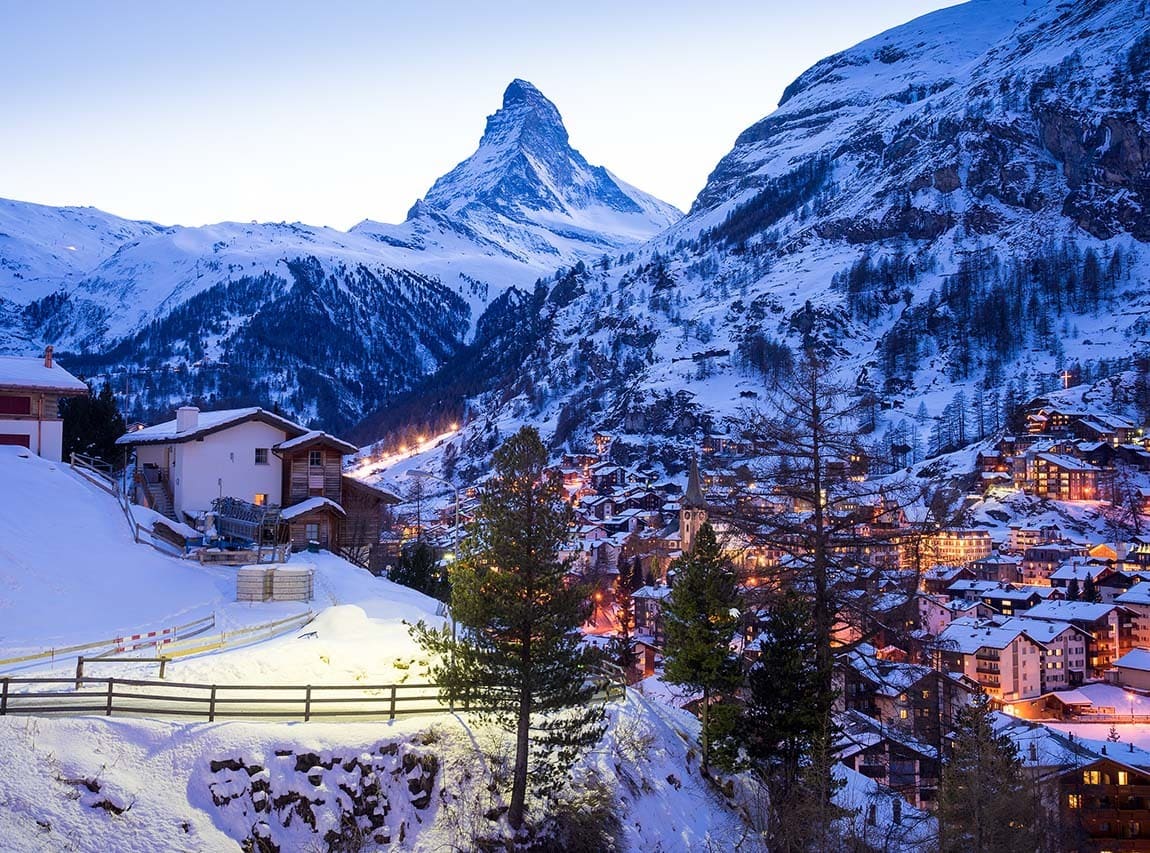
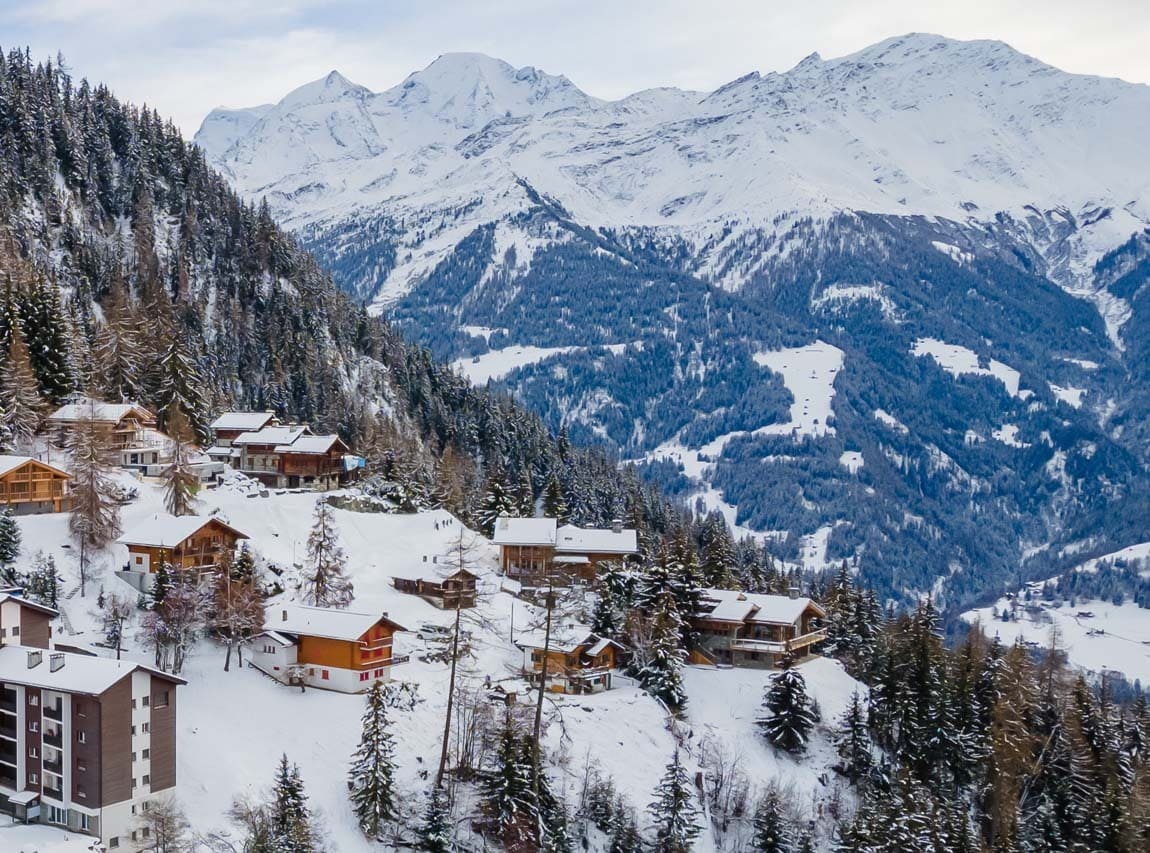
Verbier
Verbier is fantastic for off piste skiing and snowboarding, with many areas suitable to those new to off piste skiing. The area is interlinked with the expansive 4 vallees, so there are slopes suitable to all skiers, as well as cross country skiing.
When skiing in Verbier you will encounter many wide, steep slopes, perfect for meandering or snowplowing down at your own pace, with the quietest routes free for the more advanced skiers to speed down.
Aside from skiing, Verbier is well known as having Switzerlands best apres ski and nightlife. There are many sophisticated cocktail bars, as well as apres ski bars that have live bands (try Farinet for live music every day throughout ski season) and venues with DJ’s open till late.
Saas Fee
Saas Fee is a great place to ski or snowboard, with two snowparks and a half pipe for adventurous types.
Saas Fee is known to be less expensive than Zermatt, however Zermatt is reachable by an off-piste route, therefore it is a great location for those wanting to save a bit of money while experiencing great ski conditions. Saas Fee itself is considered a charming village, it is a car-free resort so ski in ski out is convenient, and the accomodation is quaint and traditionally Swiss.
There are over 40 restuarants in Saas Fee at various price points, the food is mostly traditional and warming, with many bakeries and tea rooms ideal for mid-morning ski breaks.
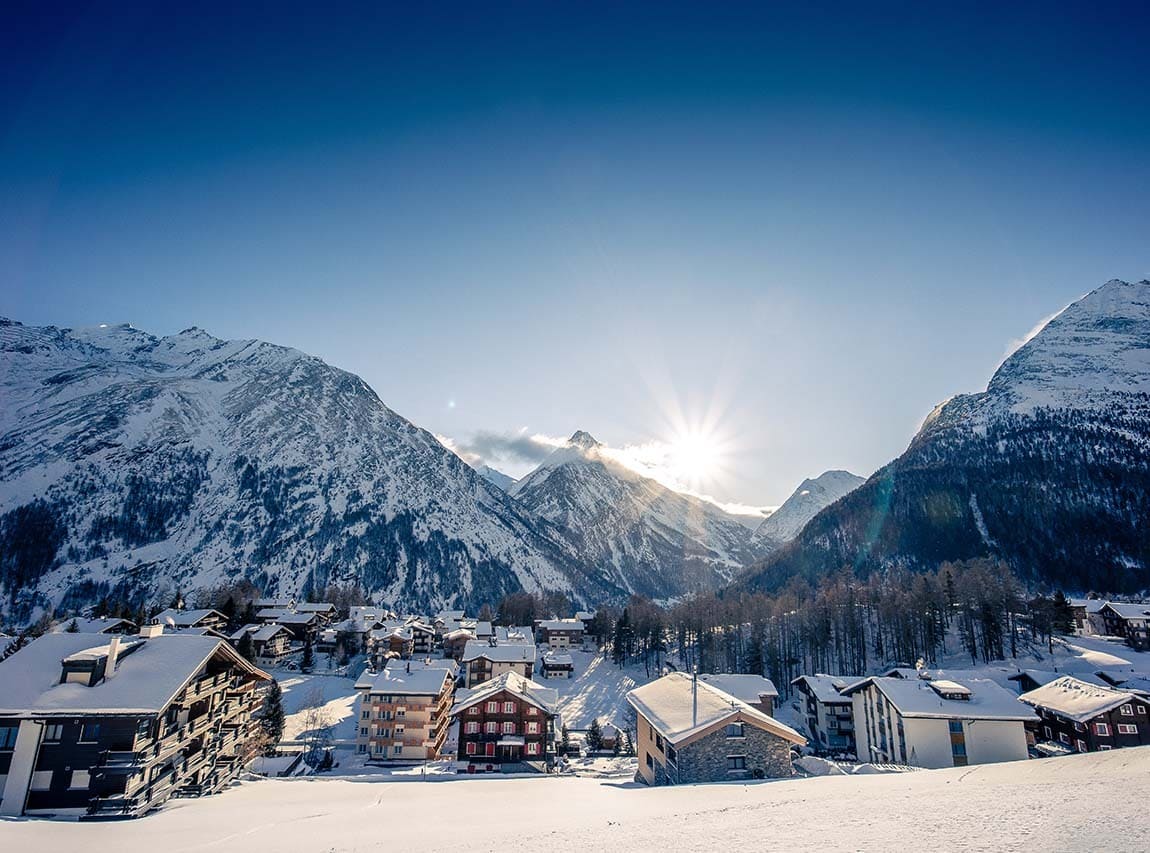
Swiss Entry Requirements – 20th Dec 2021
As of December 20th Switzerland have eased restrictions for entry to the country. You now need a pre-departure negative PCR test (not older than 72 hours) or a lateral flow test (not older than 24 hours) to enter the country. The lateral flow option was added last week, giving skiers the opportunity to reduce their test costs. Children can accompany their vaccinated parents, and requirements to isolate in the resort or take Day 4 or Day 7 tests were removed for fully vaccinated adults. All travellers must complete passenger locator forms.
Of course our top tips for Skiiing confidently this winter continue to apply:
1. Always book your transfers with Ski-Lifts – our flexible cancellation terms and Covid guarantees are there should your plans change
2. Always review Foreign Office travel advice before you book and again before travelling
3. Check your travel insurance that it comprehensively covers you should your travel plans need to change.
